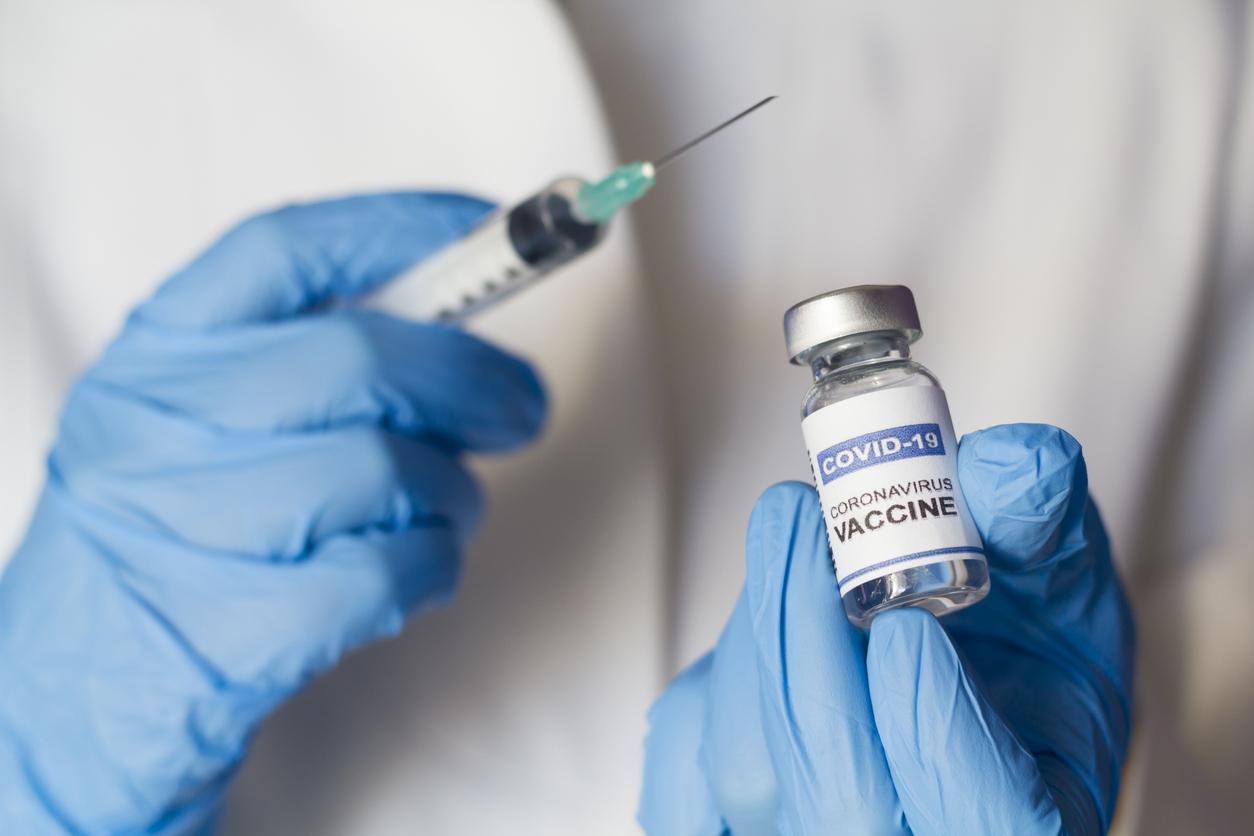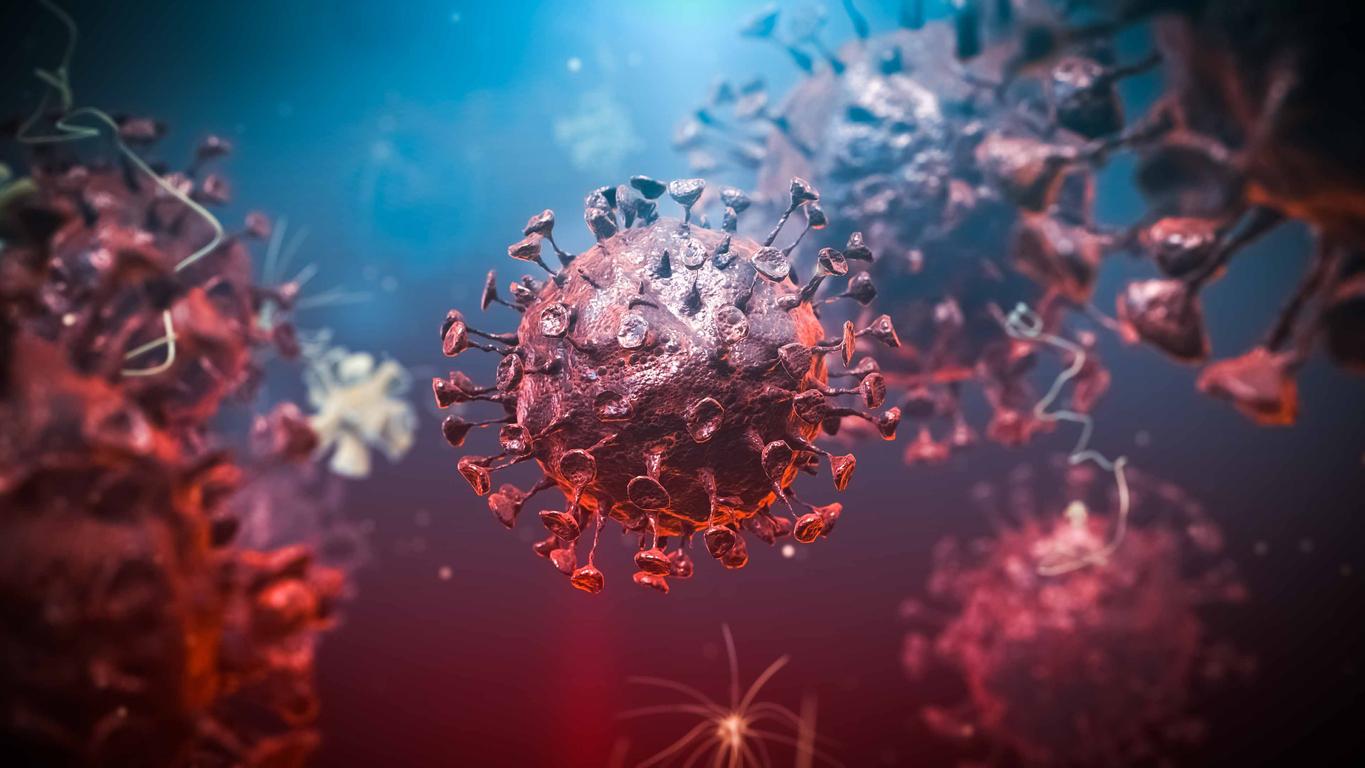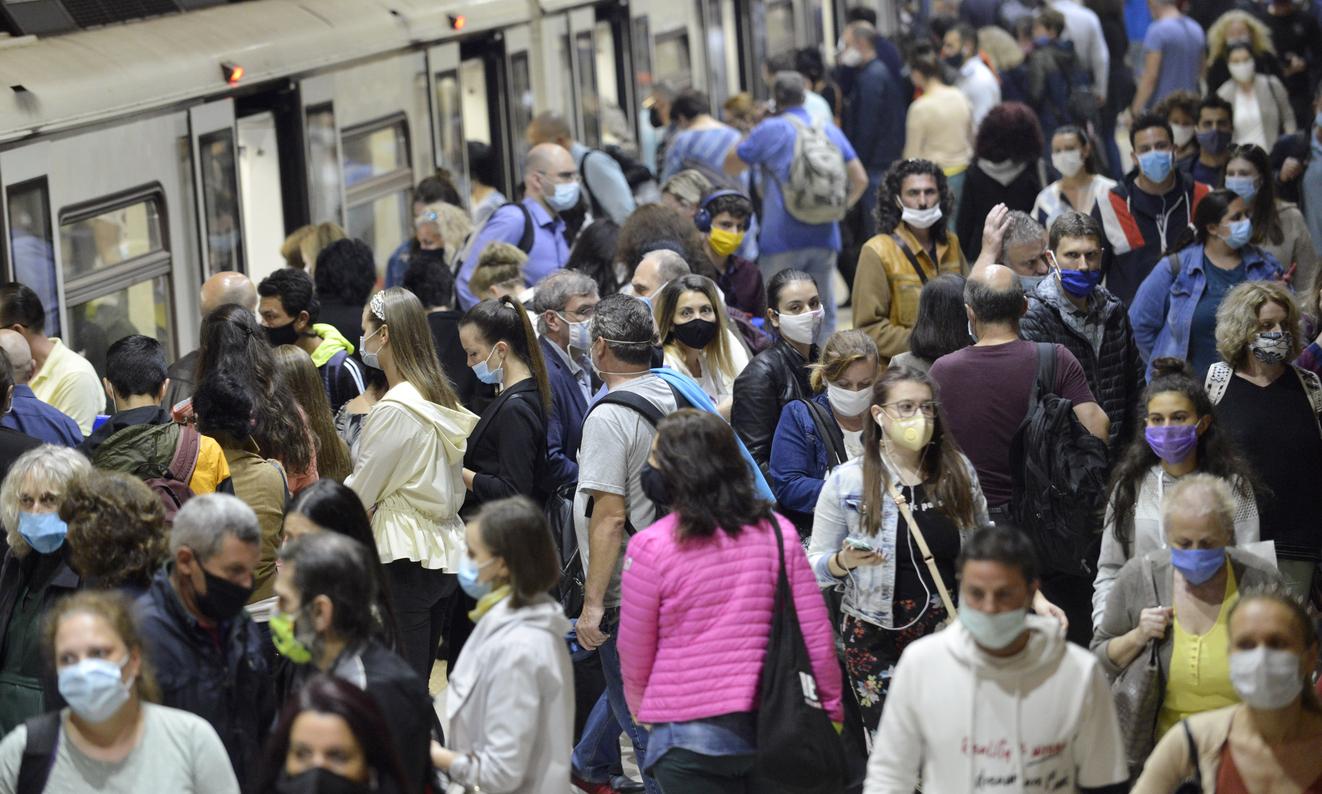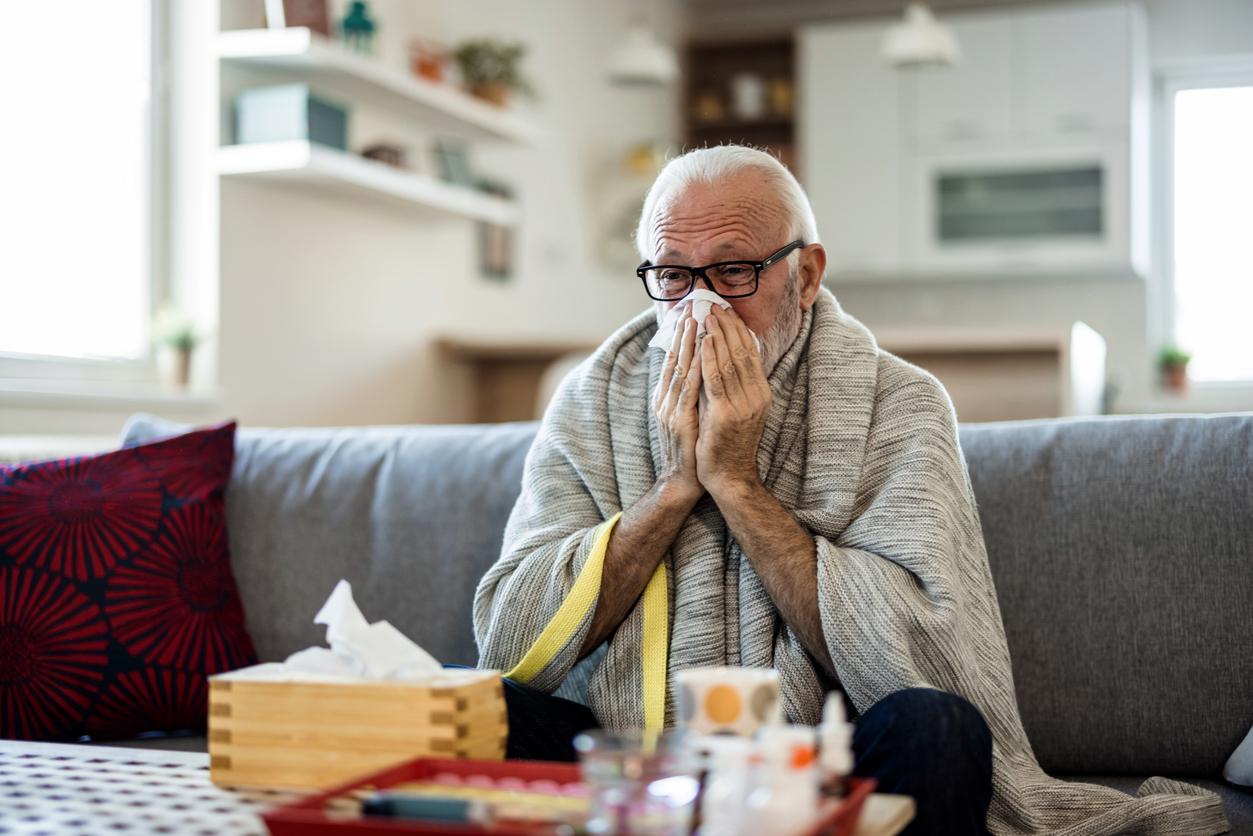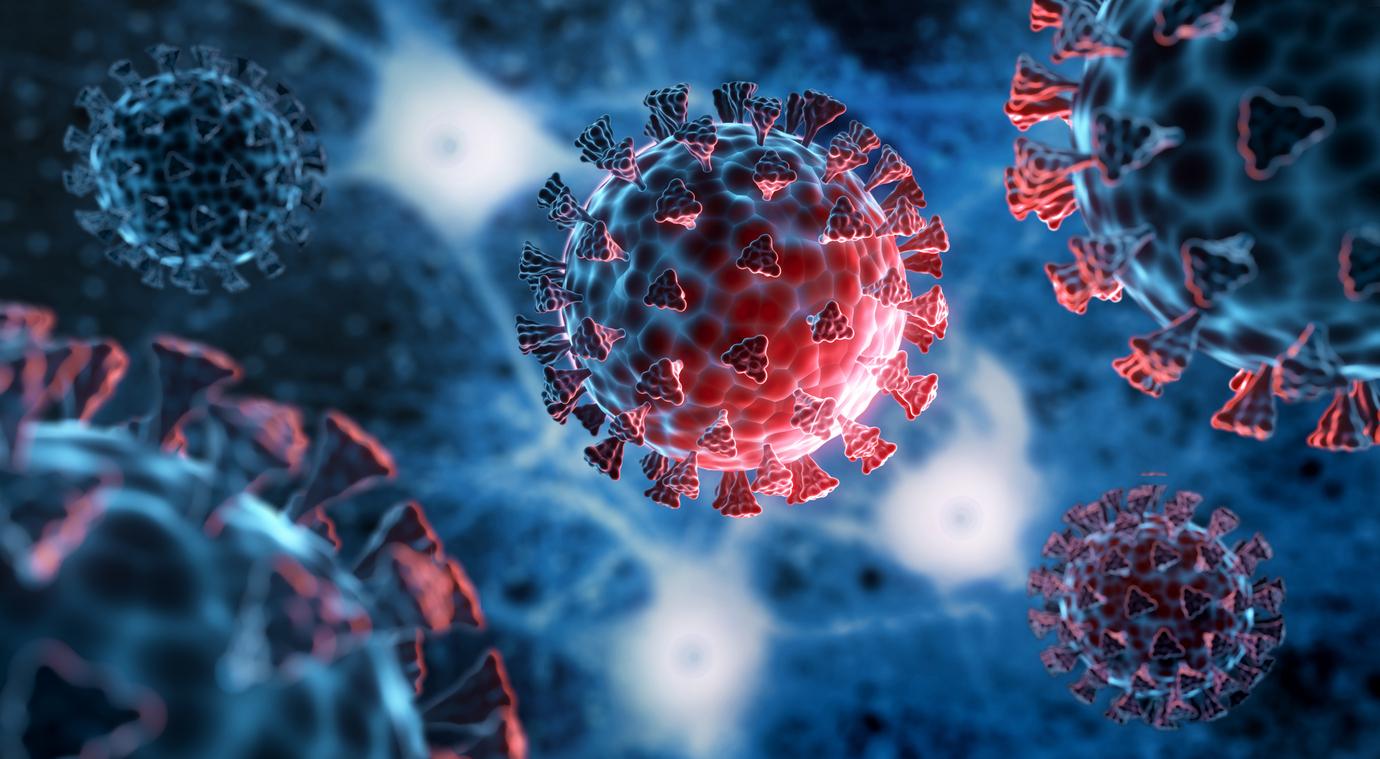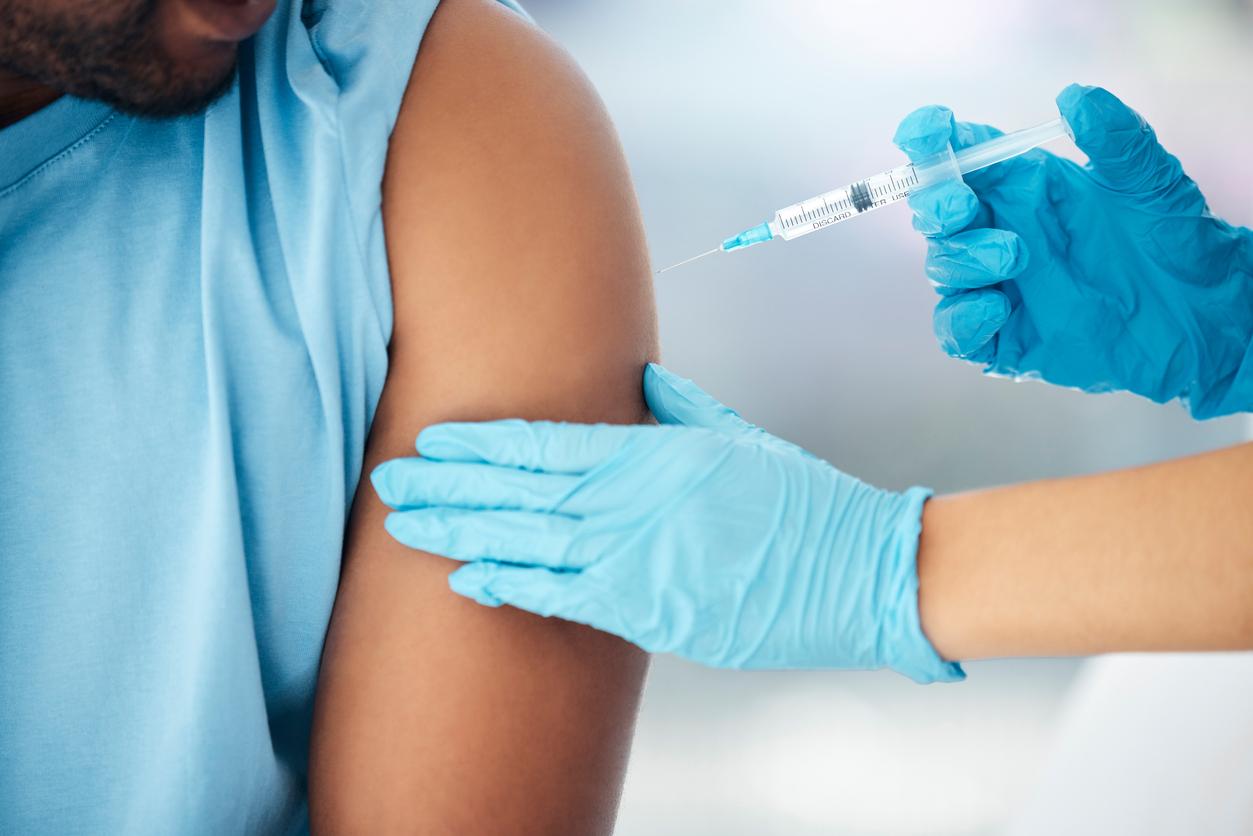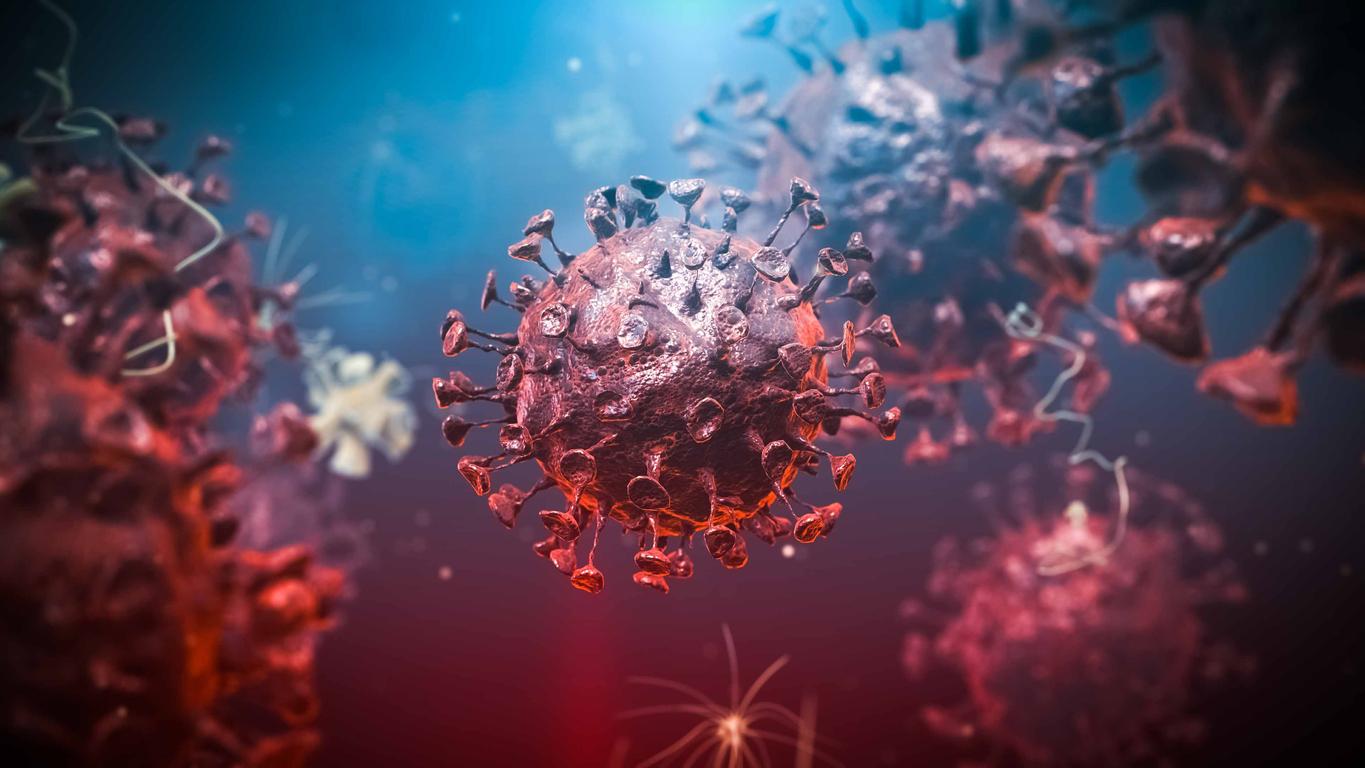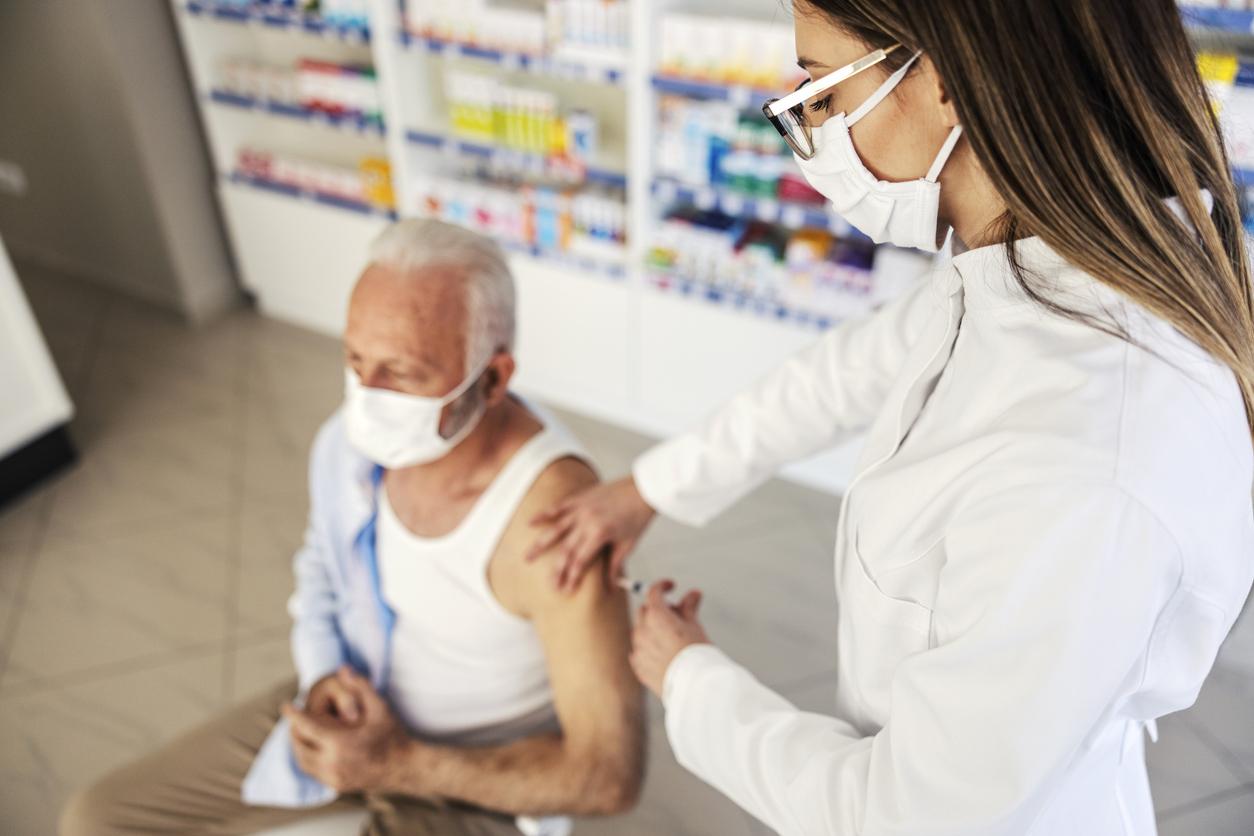A quarter of covid patients still have impaired lung function one year after infection, according to a new study.
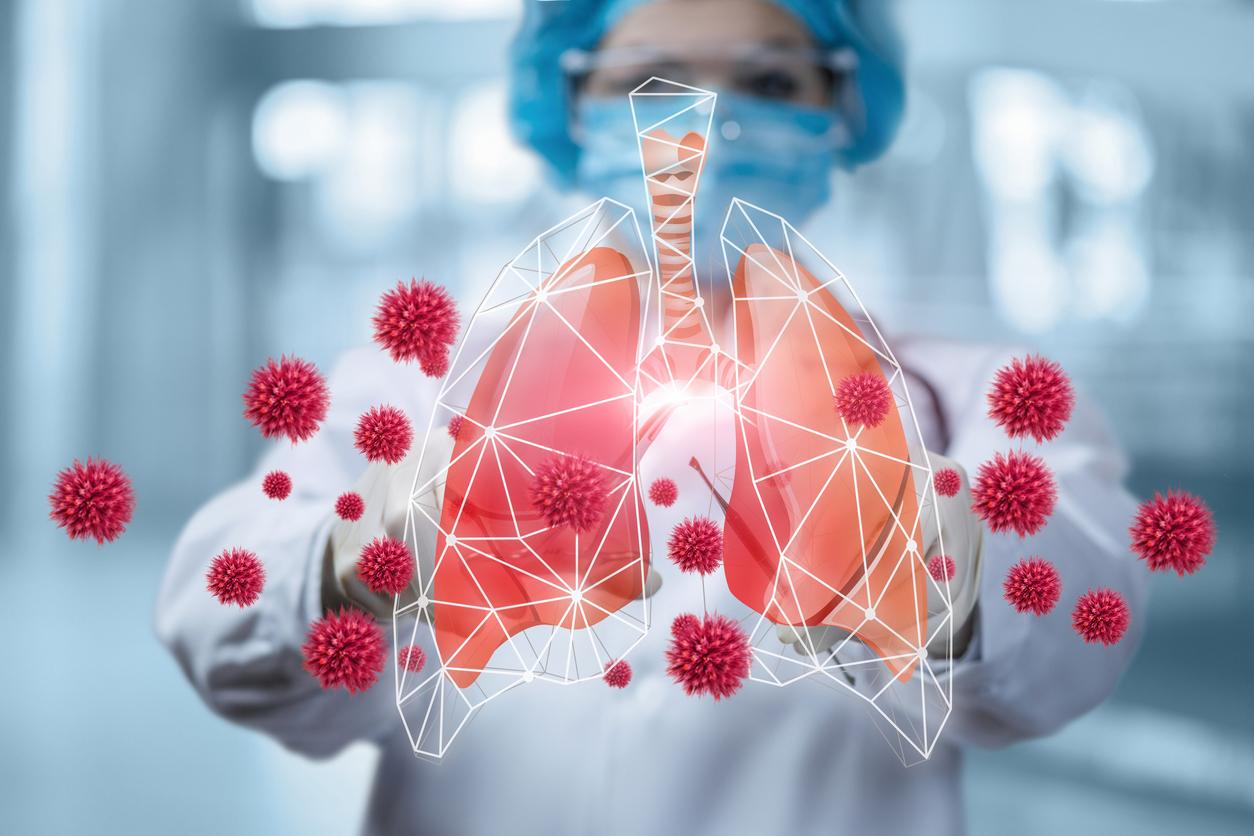
- A quarter of covid patients had impaired lung function one year after infection.
- Older patients, those with more than three chronic diseases and those with severe disease were among those with the slowest lung improvement.
- Researchers call on health professionals to be particularly vigilant with people at risk.
If in the majority of cases, people who have contracted SARS-CoV-2 emerge from the infection without after-effects, some retain traces of the disease for several months. A new study provides new evidence confirming the phenomenon. 25% of patients affected by Covid-19 still have impaired lung function one year after infection, according to researchers at the University of Amsterdam.
Covid-19: lung damage can heal within a “certain measure”
Dutch scientists made this observation after evaluating the diffusion capacity of carbon monoxide (DLCO)spirometry results (study of ventilatory flow rates) as well as the quality of life of 301 covid patients, one year after their recovery.
In detail, the study – published in the journal PLOS One September 11, 2023 – revealed that patients who developed a moderate form of the infection showed improvement in spirometry results between 1 and 6 months after infection, but not between 6 months and 1 year. Additionally, the DLCO progressed in one year in these patients. The same was true for those with a severe form.
According to the researchers, this suggests that coronavirus-related lung damage may heal to some extent over time. However, for some, healing takes a very long time.

Lungs: after-effects one year later for 25% of covid patients
Indeed, at one year of follow-up, 25% of participants still had impaired lung function. The composition of this group was 11% patients who developed mild covid, 22% a moderate form and 48% a severe/critical form.
The team was able to identify certain risk factors. Older age, the presence of more than three chronic illnesses and a severe form of covid were associated with a more difficult recovery. These results underline the importance of increased vigilance and regular medical monitoring for patients who have presented a more severe form of the disease.
“The prevalence of impaired lung function after twelve months of follow-up was still significant among people initially with moderate or severe/critical covid-19”wrote the study authors. “Lung function increased over time in most severity groups. These data imply that rehabilitation guidelines after Covid-19 should target those with moderate and severe/critical disease severity.”








